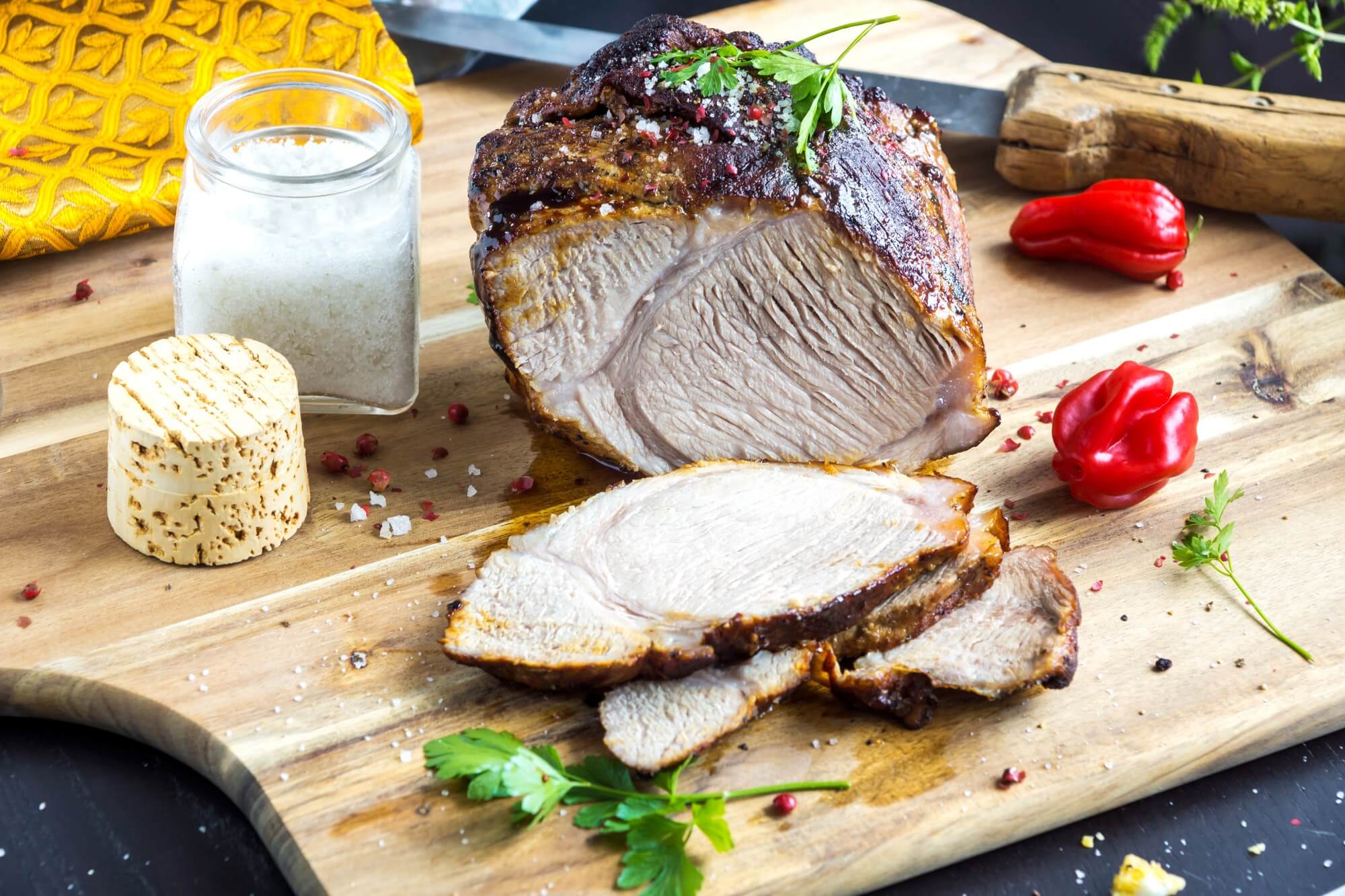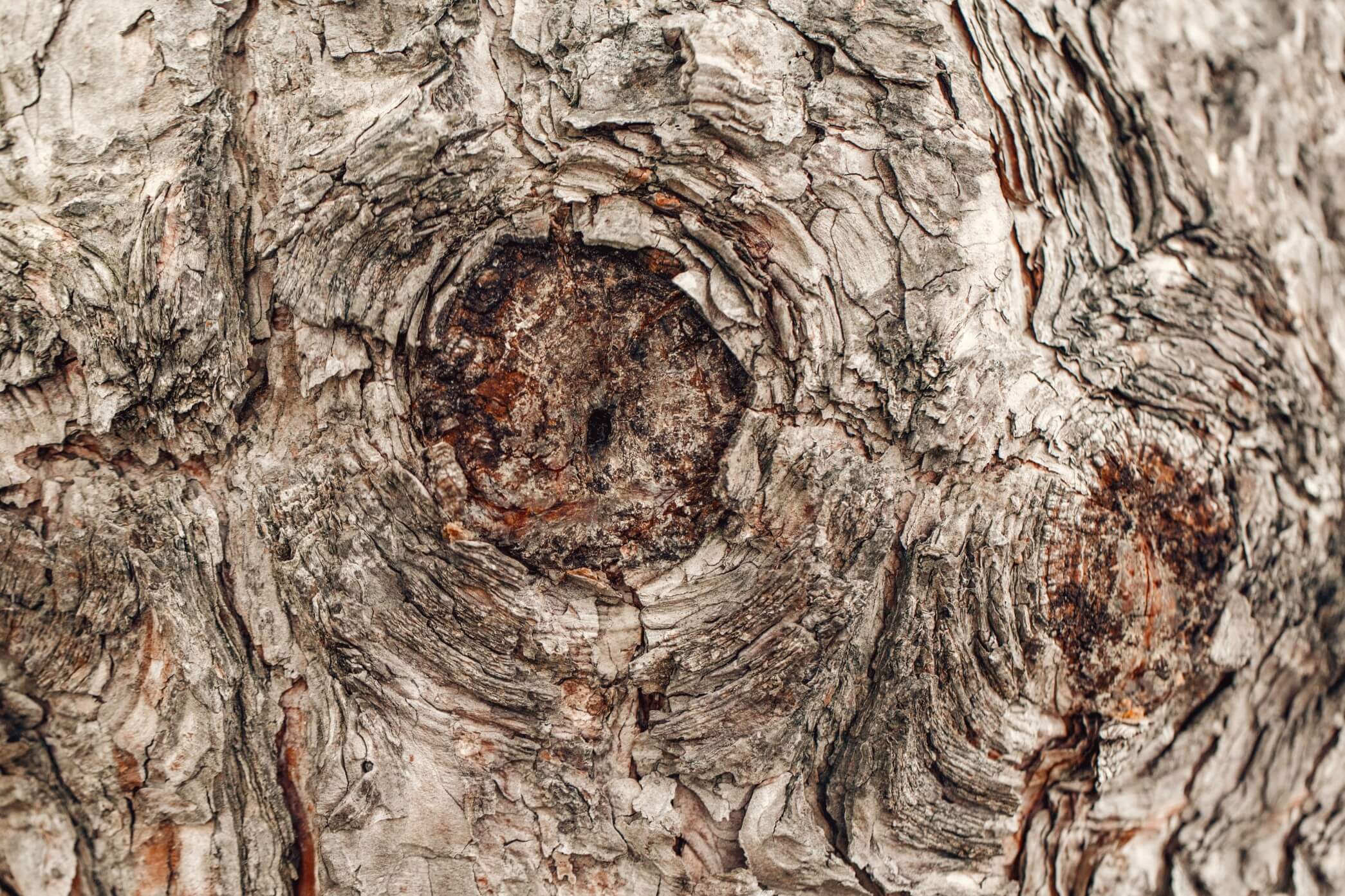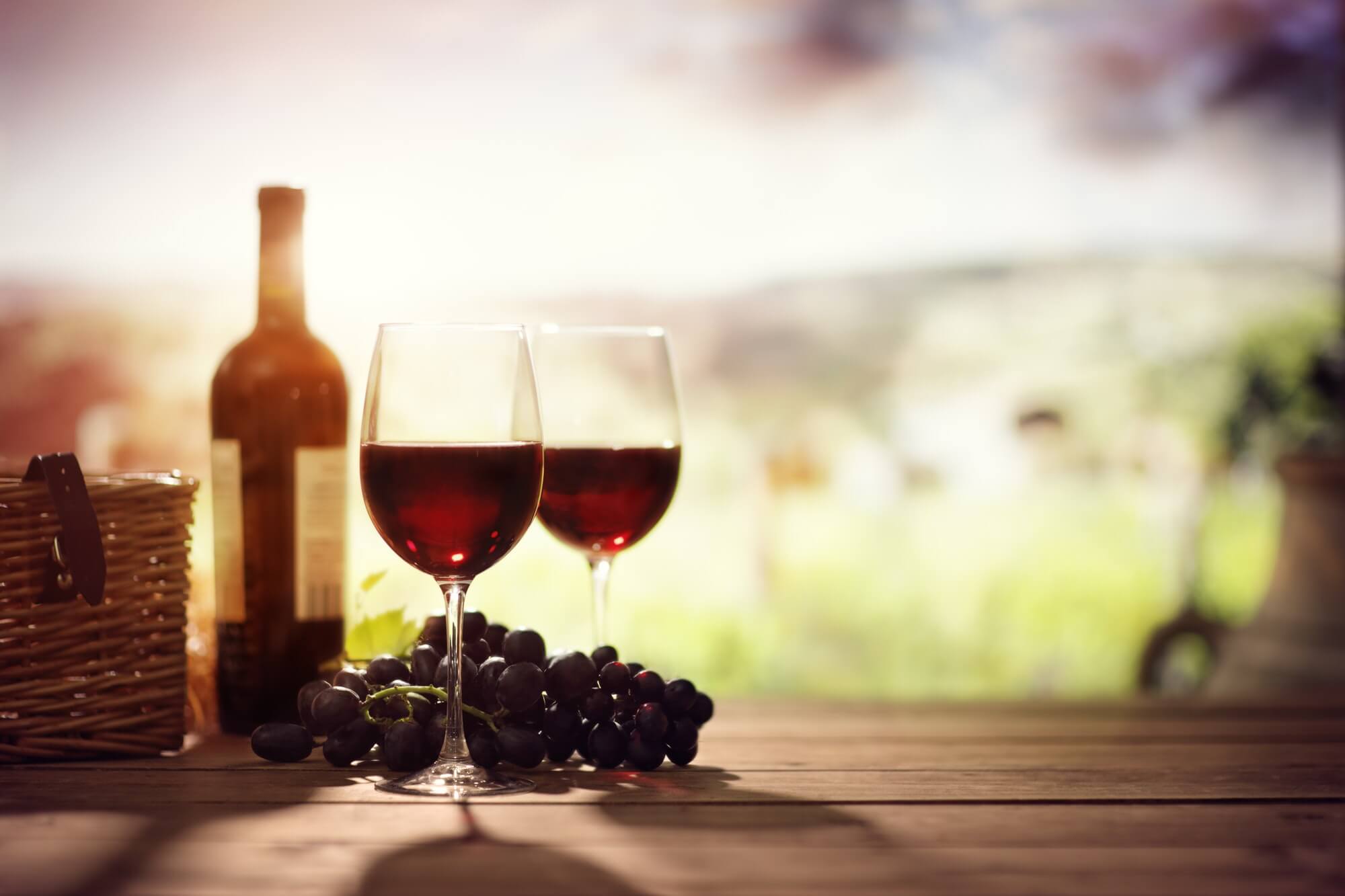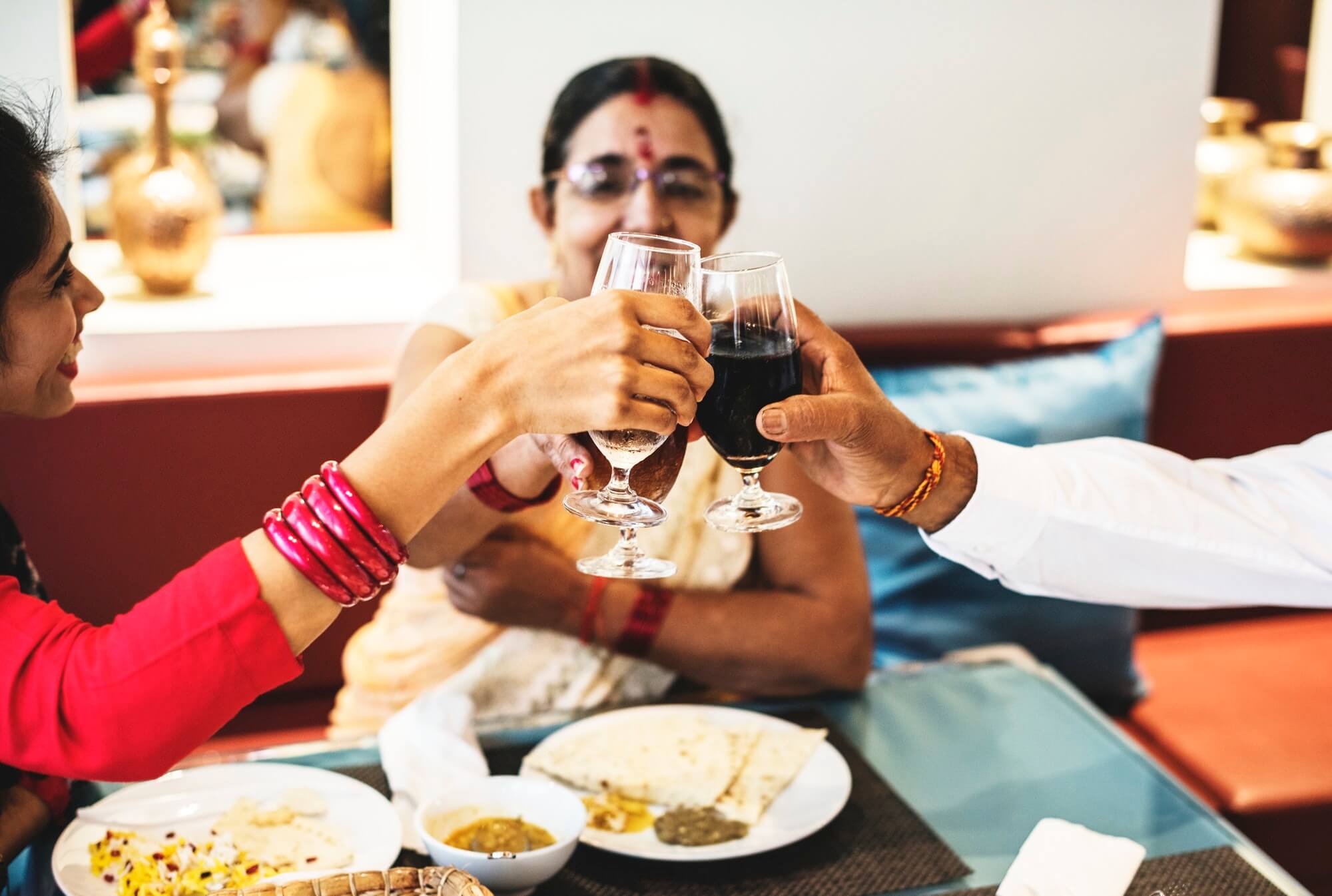Scottish whiskey and its regions.
Scotland was traditionally divided into four regions as a country; they consisted of: The Highlands, The lowlands, The Isle of Islay and Campbelltown. However, due to the vast array of distilleries, the Speyside regions is also now recognized by the SWA as a region in its own right. Whisky which also finds production on the Scottish Islands. Currently, there are six distinct whisky-producing regions.
Production of Scotch is not unlike the production of wine in that the region that it is produced has a significant impact on the flavor and smell of the end product. Scotland is only a small country, though the differences in where production is undertaken can still impact aromas and flavors from region to region. For example, a coastal or island single malt will taste very different from an inland single malt such as the massively dense Speyside.
The three main distilleries to focus on are The Lowlands, Speyside, and The Highlands. Therefore, we will discuss all regions but will primarily focus on these three who also have some of the most world-famous distilleries producing some of the best Scotch available.
The Lowlands
The Lowlands are the southernmost region of Scotland and the second biggest whisky region in terms of the area that is covered. The area covered includes Glasgow and Edinburgh and meets with the border of the Highlands using the old border system. Thus, any area covered which meets the border with England is classified as The Lowlands.
Currently, there are only five distilleries that remain in operation including Auchentoshan, Bladnoch, Annadale, Glenkinchie and Ailsa Bay which operates from the Girvan Distillery. There are a couple more distilleries which are still yet to release their first Scotch. Auchentoshan and Glenkinchie are the most renowned of the Lowlands distilleries, but the others have still seen great success.
Each region has its distinct flavors and aromas, and The Lowlands are no exception to this rule. Typical Lowland flavors often include grass, honeysuckle, cream, toffee, toast, and cinnamon. Though other flavors are known to be produced in the area, these are the most common place amongst Lowland distilleries. Whiskys here tend to be lighter and gentle lacking peatiness, now solely used by the Auchentoshan distillery the region was once known for its triple distillation method. Furthermore, due to the central location Lowland Whiskies have seen great success within the malt whisky line.
Speyside
Speyside got its name from the River Spey which cuts through the region allowing ideal water supply to run through the regional distilleries. Located in the north-east part of Scotland Speyside was once considered part of the Highlands and is only due to the vast quantity of distilleries that it was officially recognized as its own region.
This region offers the most significant number of distillers, not just of the three primary areas, but of all of them. The Speyside distillers include The Glenlivet, The Macallan, Speyburn, Glenfiddich, Glenglassaugh, Glenfarclas, Dalwhinnie, Cragganmore, Cardhu, Aberlour, The Glenrothes, and Balvenie. Having the most significant number of distilleries and also one of the smallest regions means Speyside is a particularly dense location of distilleries. In fact, with around 105 total distillers it is nearly half the total of all areas.
Of all that has been listed above the more famous Speyside whiskeys are The Macallan, Dalwhinnie, Glenlivet, and Glenfiddich. Even someone who has a relative disinterest in whiskeys probably recognizes Glenfiddich being the world’s number one best-selling single malt. It could be due to the incredible water supply offered by the River Spey, but the flavors and aromas here often have a much fruitier structure to them. Typical Speyside flavors are: apple, vanilla, oak, malt, nutmeg, and dried fruits. Regardless of the reasoning and process behind this, the full range of characteristic flavors offered alongside little to no peat means Speyside offers new adventures to the whisky world to discover their favorite tastes and single malts.
The Highlands
Stealing the light from The Lowlands, The Highlands is Scotland’s largest region in both area and whisky production and by a wide margin. Covering areas anywhere from the north of Glasgow to Thurso in the north of Scotland. Due to this incredible scale of the area, it is hard to put a particular style on the whisky of this region. However, there are plenty of distilleries in operation throughout this space.
Some distilleries The Highlands have to offer include Glendronach, Old Pulteney, Oban, Glenmorangie, Dalmore, Glen Ord, Tullibardine, Tomatin, Ben Nevis, Balblair, Aberfeldy and Edradour. With the most famous being Dalmore and Glenmorangie, in total there are over 25 distilleries within The Highlands. This is hardly a dent in the total number and doesn’t come close to the number in Speyside, though The Highlands trump them all in production quantity and regional geographic variety.
The regional variety and vaster land masses mean there should also be more variety in the flavors and aromas offered by Highland Scotch. Typical Highland flavors include fruit cake, malt, oak, heather, dried fruit, and smoke. In other words, The Highlands offer some similar characteristics to other inland distilleries though offering a few exclusive differences. In the northern parts of the region, you will find full-bodied single malts with a sweet and rich character, lighter and fruitier offerings can be found in the east. The Highlands have had a significant influence over whiskeys produced throughout Scotland.
World Renowned
Scottish whisky is renowned throughout the world, and you will struggle to visit a city in the world that doesn’t offer a glass of the northern British nectar. Every part of Scotland has its whisky powerhouse, some use old style distillation methods, and others have moved on with the times. What is clear, however, is that Scotland has produced some of the world’s best whiskeys for hundreds of years and you can tell by trying for yourself that this is going to be the case for an incredibly long time.
Ireland, USA, and Japan have made their own paths into the whisky world, but notable flavors and aromas that can only be legitimately found from regions within Scotland go to show the importance of not just the above three regions but the impact every region has on each style of whisky.






